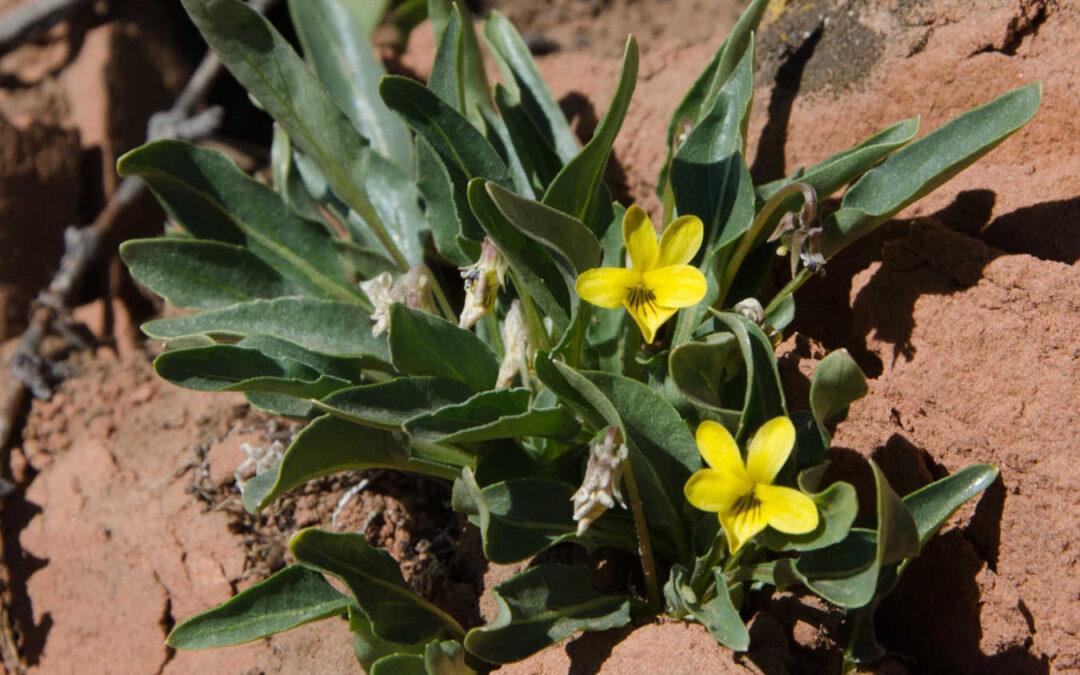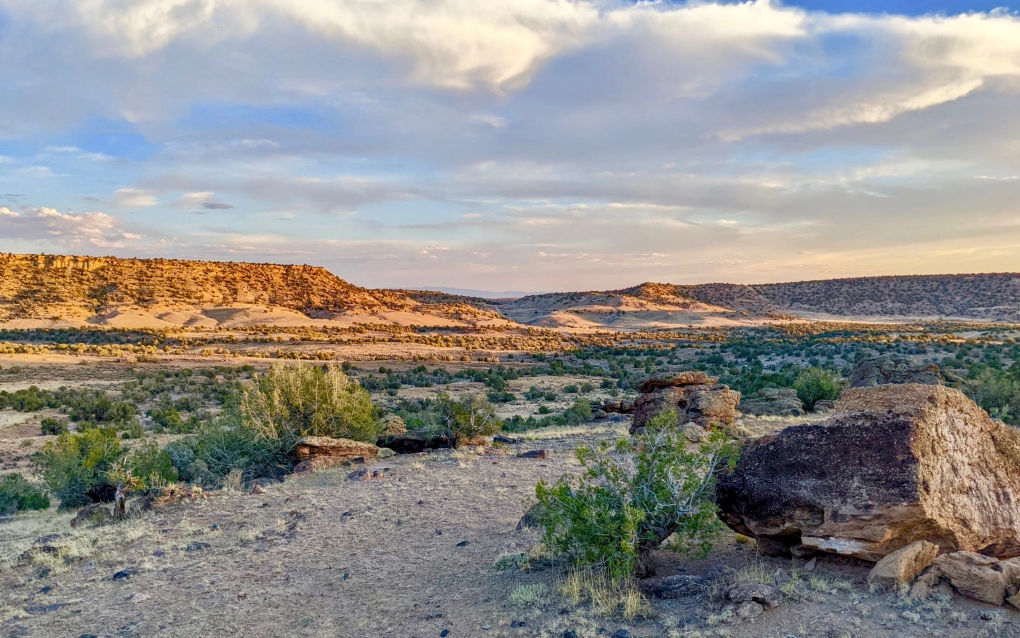


Great Galls!
This time of year exploring around our grasslands and forests you can see many interesting things relating to native plants even before the official growing season starts. For example the other day I saw these galls on a bur oak (Quercus macrocarpa) that are called...
Peatland Seeps in Northwest Colorado
This article is re-printed here from The Bog Blogger, with the kind permission of Grant McKown, author, and Sarah Dodgin, blog owner. Great photos all by Mr. Mckown. My crew and I were expecting a nice graminoid meadow – one that had been flooded early on in the...
Yes, You Can Prairie Up!
You’ve been yearning to design a garden, yard, or meadow space but can’t seem to get a grip on which plants to include or how to design the site. Or maybe you’re in the middle of planning one of those spaces but myriad choices have you frozen with indecision. Help has...
